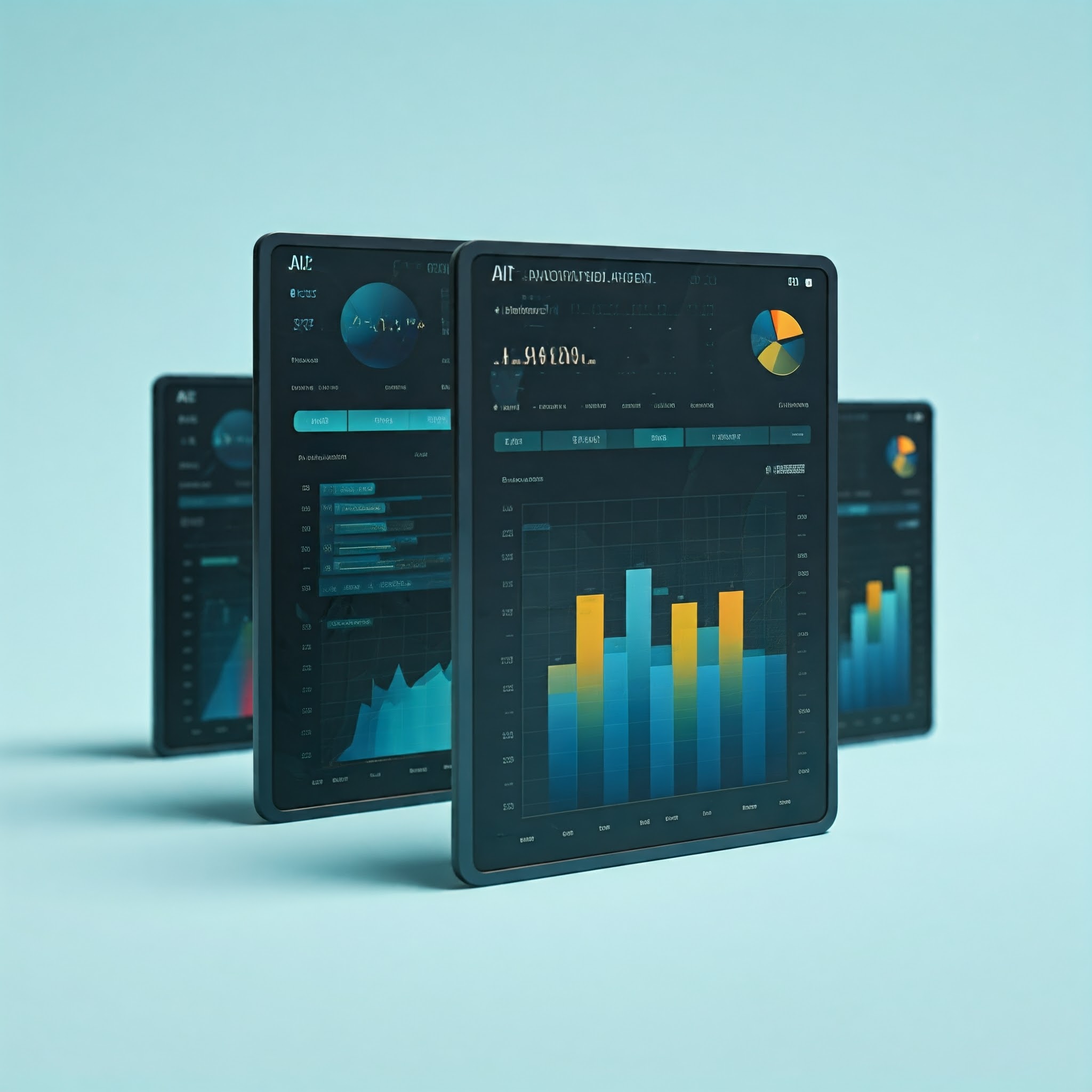Maximizing ROI with Predictive Analytics in Programmatic
In the rapidly evolving landscape of digital advertising, programmatic advertising has become a cornerstone for marketers aiming to deliver personalized, real-time campaigns. However, with growing competition and the need for precision targeting, advertisers are turning to predictive analytics to maximize return on investment (ROI). This blog explores the power of predictive analytics in programmatic advertising and provides actionable insights on leveraging this technology to achieve superior outcomes.
What is Predictive Analytics?
Predictive analytics uses historical data, machine learning, and statistical algorithms to forecast future outcomes. In programmatic advertising, it enables advertisers to:
- Anticipate audience behavior.
- Optimize ad spend.
- Improve campaign performance.
By analyzing patterns in vast datasets, predictive analytics helps advertisers make data-driven decisions that enhance targeting, engagement, and conversion rates.
The Role of Predictive Analytics in Programmatic Advertising
1. Audience Segmentation and Targeting
Predictive analytics allows advertisers to go beyond demographic targeting by identifying behavioral patterns, interests, and purchasing intent. By leveraging these insights, advertisers can:
- Identify High-Value Audiences: Focus on segments more likely to convert.
- Predict Churn: Understand when users may disengage and deploy retention strategies.
- Personalize Messaging: Tailor ad creatives based on predicted preferences.
2. Bid Optimization
Programmatic platforms use real-time bidding (RTB) to place ads. Predictive analytics enhances RTB strategies by:
- Calculating the optimal bid price for each impression.
- Avoiding overbidding for low-value impressions.
- Allocating budgets efficiently across campaigns.
3. Campaign Performance Forecasting
With predictive models, advertisers can estimate:
- Expected click-through rates (CTR).
- Conversion probabilities.
- Revenue projections.
These insights enable real-time adjustments to maximize ROI.
4. Fraud Detection
Ad fraud remains a significant challenge in programmatic advertising. Predictive analytics can:
- Detect unusual patterns indicating fraudulent activity.
- Reduce wasted ad spend on fake impressions or clicks.
5. Dynamic Creative Optimization (DCO)
Predictive analytics integrates seamlessly with DCO to:
- Deliver personalized ad variations.
- Test creatives in real-time.
- Optimize content for different audience segments.
Technologies Powering Predictive Analytics
1. Machine Learning (ML)
ML algorithms identify patterns and refine predictions over time. Key applications include:
- Analyzing historical campaign data to predict future trends.
- Enhancing user profiles with behavioral insights.
2. Artificial Intelligence (AI)
AI enhances decision-making by processing large datasets in real time. AI-driven predictive analytics can:
- Adapt to market changes instantly.
- Provide actionable insights with minimal human intervention.
3. Data Management Platforms (DMPs) and Customer Data Platforms (CDPs)
DMPs and CDPs aggregate and organize data from various sources, enabling predictive models to:
- Build comprehensive user profiles.
- Inform targeting strategies.
4. Cloud Computing
Cloud platforms offer scalable solutions for processing and storing the massive datasets required for predictive analytics.
Steps to Implement Predictive Analytics in Programmatic
1. Define Objectives
Start by identifying clear goals. For instance:
- Increase CTR by 20%.
- Reduce cost-per-acquisition (CPA).
2. Gather and Integrate Data
Collect data from various sources, including:
- Website interactions.
- CRM systems.
- Social media analytics.
Ensure data is clean, accurate, and compliant with privacy regulations.
3. Choose the Right Tools
Select predictive analytics tools that align with your objectives. Popular options include:
- Google Analytics 4.
- Adobe Analytics.
- SAS Predictive Analytics.
4. Build Predictive Models
Collaborate with data scientists or leverage no-code platforms to develop models tailored to your campaigns.
5. Test and Optimize
Regularly test your models and refine them based on:
- Campaign performance.
- Market dynamics.
Measuring the Impact of Predictive Analytics
To assess the effectiveness of predictive analytics in programmatic, track key performance indicators (KPIs) such as:
- ROI: Measure revenue generated relative to ad spend.
- CTR: Track the percentage of ad impressions that result in clicks.
- Conversion Rate: Monitor the percentage of users completing desired actions.
- Cost Efficiency: Evaluate metrics like CPA and cost-per-click (CPC).
Challenges and Solutions
1. Data Privacy
Challenge: Compliance with regulations like GDPR and CCPA. Solution: Use anonymized, first-party data and privacy-safe analytics tools.
2. Data Quality
Challenge: Inconsistent or incomplete datasets. Solution: Implement robust data cleaning and integration processes.
3. Skill Gaps
Challenge: Lack of expertise in predictive analytics. Solution: Invest in training or partner with analytics experts.
Case Studies: Real-World Applications
Case Study 1: Retail E-commerce
A leading retailer used predictive analytics to:
- Identify high-intent shoppers.
- Optimize ad placements.
Result: A 35% increase in sales within three months.
Case Study 2: Travel Industry
A travel booking platform leveraged predictive models to:
- Anticipate peak booking periods.
- Personalize offers.
Result: A 25% improvement in booking conversions.
The Future of Predictive Analytics in Programmatic
As technology advances, predictive analytics will play an even more integral role in programmatic advertising. Emerging trends include:
- Real-Time Predictive Analytics: Instant insights to adapt to user behavior.
- Voice and Visual Data: Incorporating voice search and image recognition into predictions.
- Advanced Attribution Models: Understanding the full customer journey to refine targeting.
Conclusion
Predictive analytics is revolutionizing programmatic advertising by enabling smarter, data-driven decisions. By anticipating audience behavior, optimizing ad spend, and personalizing campaigns, advertisers can achieve unparalleled ROI. As the digital ecosystem continues to evolve, embracing predictive analytics will be key to staying ahead in the competitive landscape.
Are you ready to maximize your ROI with predictive analytics?

Comments are closed